What are the best Nikon lenses for wedding photography? This question comes up so often via comments and emails from our readers, that I decided to write an article and elaborate on the subject. Specifically, I want to not only write about what lenses I think are the best for weddings but also why and in which cases I use a particular lens. Please keep in mind that the information I present below is a personal opinion based on my experience so far. If you have a favorite lens of yours for wedding photography that is not listed below, please feel free to add a comment on the bottom of the page with some information and pictures (if you have any that you would like to share).
Let’s take a look at our top lens choices, sorted from wide to telephoto. I’ve provided both Nikon Z lenses as well as the older Nikon F-mount counterparts for the best of both worlds!
Table of Contents
1. Nikon 20mm f/1.8G and Nikon 20mm f/1.8S
2. Nikon 24-70mm f/2.8G and Nikon 24-70mm f/2.8S
3. Nikon 35mm f/1.4G and 35mm f/1.8 S
4. Nikon 50mm f/1.8G and Nikon 50mm f/1.8S
5. Nikon 58mm f/1.4G
6. Nikon 70-200mm f/2.8E FL VR and 70-200 f/2.8S
7. Nikon 85mm f/1.4G and 85mm f/1.8S
8. Nikon 105mm f/1.4E
9. Nikon 105mm f/2.8G Micro and MC 105mm f/2.8S Micro
Nikon 20mm f/1.8G and Nikon 20mm f/1.8S
When photographing weddings, it is important to bring a wide-angle lens with you, so that you can capture your subjects in tighter environments (such as when photographing indoors, or when photographing large groups). Although there are plenty of great wide-angle lens options out there, I personally find the Nikon 20mm f/1.8G for F-mount and the Nikon 20mm f/1.8S for the Z-mount to be the ideal choice. It is small, lightweight, and fairly inexpensive lens when compared to other pro-grade prime and zoom lenses.
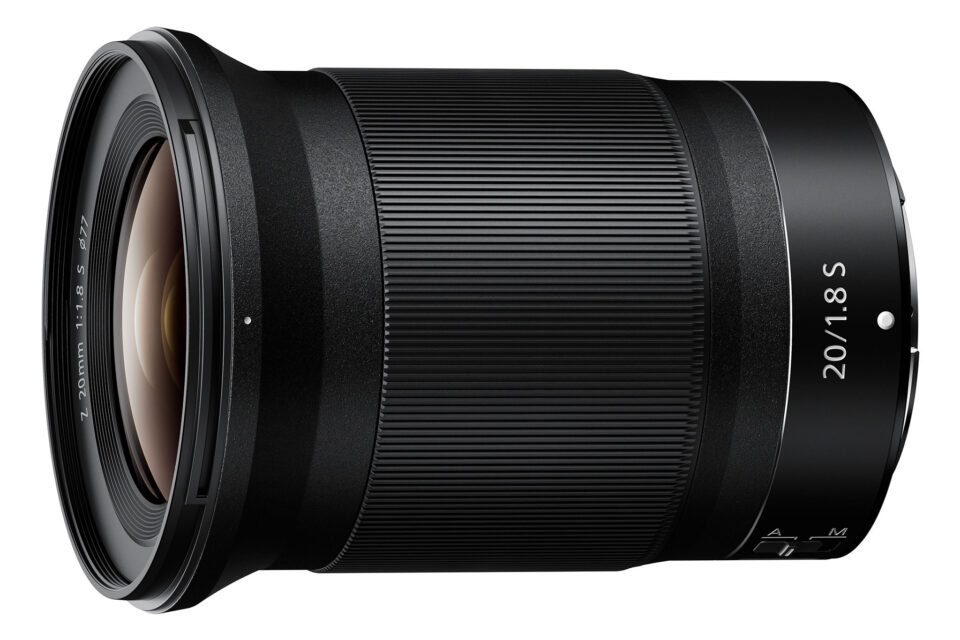
It is true that wide-angle lenses distort subjects at close distances and I would certainly avoid using such lenses for close-up portraiture. However, that’s not how one should use these lenses in the first place! Wide-angle lenses are very useful in wedding photography. For example, if you want to showcase the bride in her surroundings, you can do that with a wide-angle lens:

NIKON D750 + 20mm f/1.8 @ ISO 720, 1/40, f/5.6
There might be other cases where using a wide-angle lens is going to be required to be able to fully reveal the scene / location in which the newlyweds, or perhaps a group of people are located:

NIKON D750 + 20mm f/1.8 @ ISO 200, 1/60, f/5.6
When photographing weddings, I personally find quite a bit of use for wide-angle lenses. Among a number of different wide-angle lens options available, I personally find the 20mm f/1.8S (or G) to be the best choice for wedding photography. I used to favor 24mm before, but ever since the 20mm came out, those extra 4mm have proven to be very useful, particularly when photographing interior architecture (such as ballrooms, dining halls, etc) and large groups.

NIKON D750 + 20mm f/1.8 @ ISO 1100, 1/80, f/5.6
For more information about this lens, check out my detailed Nikon 20mm f/1.8G review.
Nikon 24-70mm f/2.8G and Nikon 24-70mm f/2.8S
A 24-70mm f/2.8 zoom lens can be a versatile choice for wedding photography, particularly if you want to skip bringing multiple prime lenses with you (such as 24mm, 35mm and 50mm). In fact, some wedding photographers prefer to just go with a single zoom lens for wide to telephoto range, as well as a telephoto lens like the 70-200mm to go with another camera body. Having done this myself a number of times, I can see the appeal of using a 24-70mm + 70-200mm lens combo, as it would cover most of the needs.
My personal gripe with 24-70mm f/2.8 lenses is that they are bulky, heavy and they are not particularly great when shooting in low-light conditions (an f/1.8 prime is over a stop faster in comparison). They are not great for portraiture either due to their f/2.8 maximum aperture, even at the longest end of the focal length range. However, they are versatile and useful, especially for those who do not want to keep switching lenses.

While Nikon has already updated its 24-70mm with the latest generation Nikon 24-70mm f/2.8S VR for mirrorless cameras, the F-mount 24-70mm f/2.8E VR can also be an option because it’s almost as sharp.
And speaking of the F-mount, even the Nikon 24-70mm f/2.8G lens isn’t bad. The main reason is center sharpness – while Nikon did make the new 24-70mm f/2.8E VR overall sharper compared to its predecessor, it was done at the expense of losing center sharpness, as I explained in detail in my Nikon 24-70mm f/2.8E VR review. The older Nikon 24-70mm f/2.8G is smaller, lighter and significantly cheaper than its newer brother, which is why I would personally just go with it. The biggest loss would be vibration reduction / image stabilization, which can be very useful when shooting in low-light conditions. However, you will need to decide for yourself whether it is worth paying extra for VR and ending up with a larger and heavier lens in your camera bag.

NIKON D3S + 24-70mm f/2.8 @ 32mm, ISO 200, 1/250, f/8.0
The Nikon 24-70mm f/2.8S is a great lens for photographing full body shots and it does equally well when taking pictures of groups. Additionally, it is one of the sharpest zoom lenses we’ve tested at Photography Life.
Nikon also came out with a few more Z-mount zooms that may also be interested, and in this case, I invite you to consult our detailed test-based comparison of them to see which one is best for you.

NIKON D700 + 24-70mm f/2.8 @ 44mm, ISO 400, 1/200, f/5.6
Nikon 35mm f/1.4G and 35mm f/1.8 S
Another lens that is quite popular among wedding photographers is the Nikon 35mm f/1.4G. The reason why it is popular, is because many find it to be wide enough to be a practical lens for environmental portraits and long enough to be able to shoot occasional portraits with it. It is not a portrait lens to use for close-up shots, but it does really well when you want to showcase a bit more of the surroundings.
For Z-mount, Nikon does not yet have an f/1.4 version of its 35mm prime, but it does have an amazing Nikon 35mm f/1.8S. While this is almost one stop slower than the F-mount 35mm f/1.4, it still should work almost as well in most scenarios, especially with the additional stabilization provided in Nikon Z-cameras.

While I certainly enjoyed using a 35mm lens for wedding photography, I personally switched to using a wide-angle + 50mm prime instead. However, many other photographers, including our very own John Bosley swear by this lens and use it every day for their wedding photography needs.

NIKON D700 + 35mm f/1.4 @ 35mm, ISO 400, 1/40, f/2.8
If you find these lenses to be too expensive for your needs, you might want to consider the lighter and less expensive Nikon 35mm f/1.8G ED, and either use it on a DSLR or attach it to an FTZ adapter.
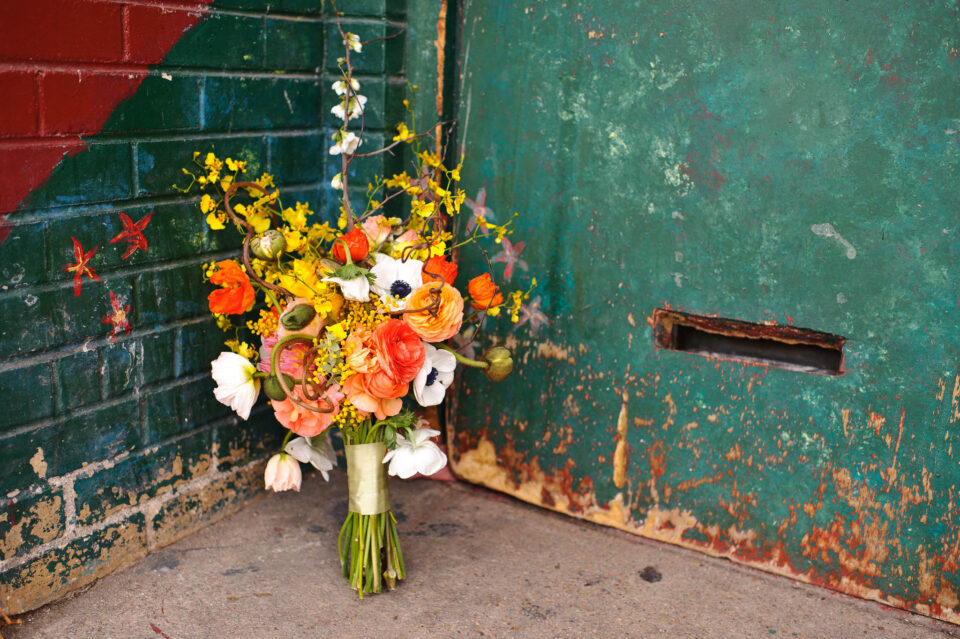
NIKON D700 + 35mm f/1.4 @ 35mm, ISO 200, 1/800, f/2.8
Nikon 50mm f/1.8G and Nikon 50mm f/1.8S
The next on the list is one of my most favorite lenses for wedding photography – Nikon 50mm f/1.8G. We like it for four main reasons: it is sharp, lightweight, inexpensive, and the bokeh it produces is fairly good for a 50mm prime. If you want to upgrade a lot the Z-mount 50mm f/1.8S is quite a lot sharper than its F-mount brother.

I have always been a fan of 50mm primes for weddings, because they are very practical and easy to carry around. They are not too long and not too tight either when it comes to focal length, making them useful in pretty much any environment. On a full-frame body, the 50mm focal length is ideal and you can capture both beautiful portraits and full-size body shots if you stand a little further away from your subjects. It works equally well on a DX body, but due to tighter framing (roughly 75mm equivalent field of view due to 1.5x crop factor), it can be a bit too long, making it problematic to use when shooting in tight spaces.

NIKON D750 + 50mm f/1.8 @ ISO 100, 1/200, f/4.0
While there are plenty of 50mm lens options available from both Nikon and third party lens manufacturers, my personal favorite has always been the Nikon 50mm f/1.8G due to its excellent overall performance and very lightweight construction. Couple it with a lightweight camera body like the Nikon Z6 or D750 and you have a perfect combination for beautiful wedding photos. Having owned the 50mm f/1.4G, I have not been very happy with that lens due to its rather poor wide open performance, especially on high-resolution cameras. I wrote a detailed article comparing the Nikon 50mm f/1.4G vs 50mm f/1.8G and you can see why I prefer the latter. If I were only allowed to use one lens for weddings, I would certainly pick the Nikon 50mm f/1.8G lens. See my detailed Nikon 50mm f/1.8G Review for more information on this lens.

NIKON D750 + 50mm f/1.8 @ ISO 100, 1/200, f/4.0
Nikon 58mm f/1.4G
If money was not an obstacle for a standard prime, I would skip both 50mm Nikon lenses and get the Nikon 58mm f/1.4G. It is my personal favorite among all standard lenses and for a good reason – it makes absolutely gorgeous images! Although there is no Z-mount version of this amazing lens, it adapts very well with the FTZ adapter.

It is not as sharp as many other primes out there, especially at maximum aperture, but then it was never made to be super sharp. It is one of those lenses that you buy purely for its “drawing style” and stunning colors. The Nikon 58mm f/1.4G is a bit expensive at $1600, but if you are after beautiful portraits, this is one of those lenses that you will always crave for. Ever since it came out, it has become a classic and it is praised by those who own and use this remarkable lens.

NIKON D3S + 58mm f/1.4 @ 58mm, ISO 200, 1/640, f/1.4
If you would like to find out more about this lens and check out some more sample images, please see my detailed Nikon 58mm f/1.4G review.

NIKON Df + 58mm f/1.4 @ 58mm, ISO 100, 1/160, f/1.4
Nikon 70-200mm f/2.8E FL VR and 70-200 f/2.8S
One lens that certainly ends up making its way into most wedding photographer’s camera bags is a 70-200mm f/2.8. And for a good reason – being able to zoom from 70 to 200mm with a relatively wide f/2.8 aperture can be very useful when taking portraits. The great thing about 70-200mm f/2.8 lenses is that one can control framing and composition without moving too close to the subjects, which can come in handy when photographing wedding ceremonies, or when shooting documentary-style in weddings. If one desires to have a blurry background to remove potential distractions, zooming in to 200mm and shooting at f/2.8 can produce stunning results, with the subject(s) appearing sharp, while the background smoothly blurs away. Personally, I consider the 70-200mm f/2.8 to be an essential lens for wedding photography – it is a workhorse lens that always delivers.

Nikon’s most current lens is the Nikon 70-200mm f/2.8S VR, and it is followed close behind by the 70-200mm f/2.8E FL VR. Both are stunning lenses in many ways, but their cost is a hard pill to swallow for many photographers out there. If you have a limited budget and you don’t want to spend close to $3K on a new one, then I would recommend to search the used market for the F-mount version or even the older 70-200mm f/2.8G VR II.
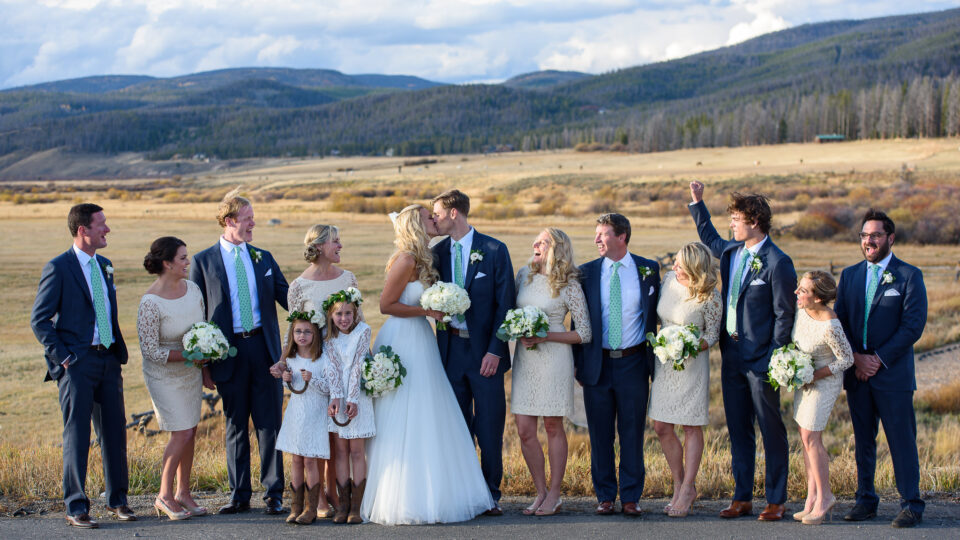
NIKON D750 + 70-200mm f/2.8 @ 70mm, ISO 110, 1/160, f/4.0
Whether you choose the new 70-200mm f/2.8S FL VR or older versions, you will be happy to see that sharpness and color are outstanding at all focal lengths, while the bokeh is also superb. The only complaint that I have about the 70-200mm is its weight – it can be quite painful to carry around on a full day wedding.

NIKON D810 + 70-200mm f/2.8 @ 70mm, ISO 100, 1/320, f/4.0
Periodic shooting with this lens is not as bad, but I had a lot of back pain after shooting weddings with it all day long…not something I want to do again. Combine the weight of a pro-level body and it becomes one heavy combo.

NIKON D3S @ 200mm, ISO 800, 1/100, f/4.0
For more information about this lens, see my Nikon 70-200mm f/2.8E FL VR review.
Nikon 85mm f/1.4G and 85mm f/1.8S
If you want beautiful, creamy bokeh, check out the Z-mount Nikon 85mm f/1.8S or the F-mount Nikon 85mm f/1.4G, another favorite focal length of mine for wedding photography. Most photographers associate the word “bokeh” with these lenses for a reason. Both are very sharp lenses that are capable of producing beautifully-rendered images, especially at wide open apertures.

At maximum aperture, the depth of field is so shallow (especially with the F-mount f/1.4 version), that if you stand too close to your subject and focus on the eye, the eyelashes get out of focus. Typically, I shoot between f/2.0 and f/2.8 for close-up portraits and f/4.0 every once in a while if I need more depth of field, but if you stand a bit further away from your subject and shoot wide open, these lenses can make stunning portraits.

NIKON D750 + 85mm f/1.4 @ ISO 110, 1/200, f/2.8
If these lenses are a bit too much for your budget, Nikon also made the lighter and cheaper version of this lens, the Nikon 85mm f/1.8G, which is another superb lens that works well on Z-mount and F-mount cameras. See my detailed Nikon 85mm f/1.4G Review and Nikon 85mm f/1.8G Review for more information on these lenses.

NIKON D750 + 85mm f/1.4 @ 85mm, ISO 280, 1/200, f/2.0
Nikon 105mm f/1.4E
Nikon’s latest marvel, the Nikon 105mm f/1.4E is an absolutely beautiful gem in every way. It combines the beautiful characteristics of the 85mm f/1.4G with stunning sharpness, even at the maximum aperture of f/1.4. When Nikon announced the lens, it was world’s first 105mm lens with such a large aperture – the previous generation 105mm lens was an f/2. Currently, there is no Z-mount version of this amazing lens, but it works great with the FTZ II adapter.

If I were to pick a set of primes for my wedding photography kit, I would personally skip an 85mm and go for the 105mm f/1.4E instead for my portrait photography needs. Yes, it is much more expensive, but boy, once you give it a shot and see what it can do, you will understand why this is perhaps one of the best portrait lenses ever made. It is truly an outstanding lens in every way.
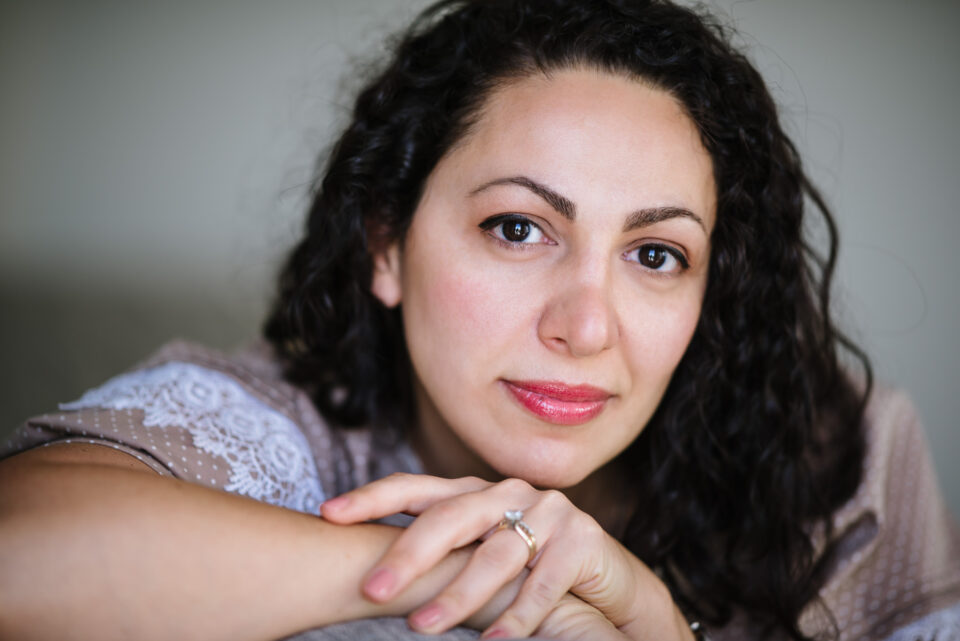
NIKON D750 + 105mm f/1.4 @ 105mm, ISO 110, 1/250, f/1.4
While some photographers really praise the older 105mm f/2 DC as a portrait lens, after trying both out, I can tell you that there is simply no comparison – the newer f/1.4E is far better in comparison, even when both are compared at their wide open apertures.

NIKON D750 + 105mm f/1.4 @ 105mm, ISO 200, 1/2500, f/1.4
See my detailed Nikon 105mm f/1.4E Review for more information about this lens.
Nikon 105mm f/2.8G Micro and MC 105mm f/2.8S Micro
Lastly, don’t forget a solid macro lens to capture detail shots, such as when photographing wedding rings, bouquets, invitation cards and other details. While there are a few macro lens options available from Nikon, both classic and modern, as well as an 85mm tilt-shift lens option, my recommendation would be to go with the Nikon Z MC 105mm f/2.8 VR S Macro or the F-mount Nikon 105mm f/2.8G VR Micro lens.

I have owned the F-mount version for many years now and have used it in many weddings to photograph wedding rings and other details, and it has never let me down. It is a very sharp lens that is capable of producing superb images with plenty of detail, even when using high-resolution cameras like the Nikon Z9 or the Nikon D850.

NIKON D700 + 105mm f/2.8 @ 105mm, ISO 400, 1/200, f/4.0
Additionally, you can use this lens for photographing portraits as well. Although it is not going to be as fast-focusing or have as creamy bokeh as a dedicated portrait lens like the 85mm f/1.4G or the 105mm f/1.4E, it still can be a two-in-one budget option for those who want to buy a single lens to shoot both portraits and details.
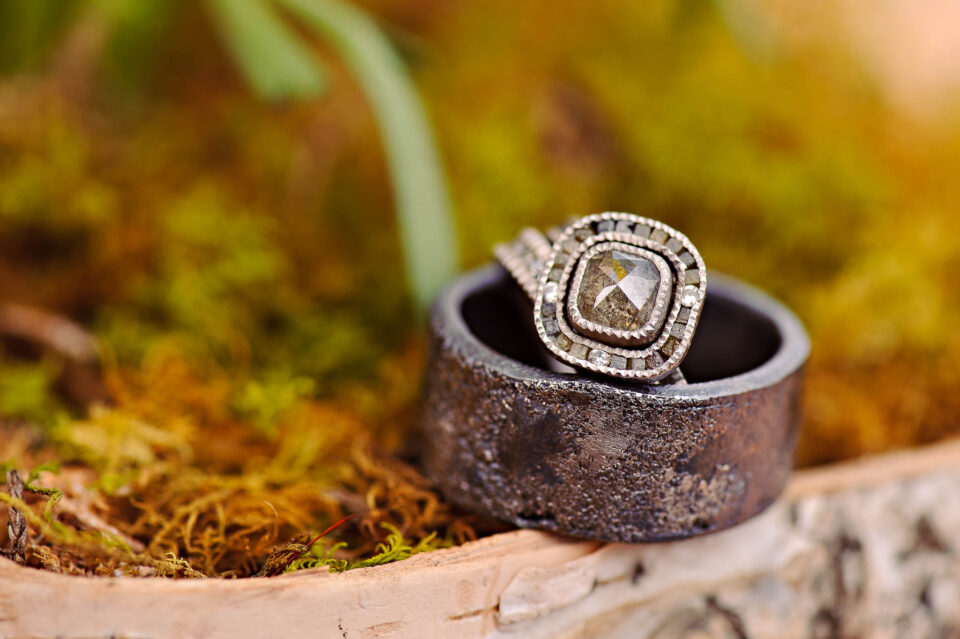
NIKON D700 + 105mm f/2.8 @ 105mm, ISO 200, 1/400, f/5.6
If you have other favorite lenses for your portrait/wedding photography, please let us know in the comments section below!
